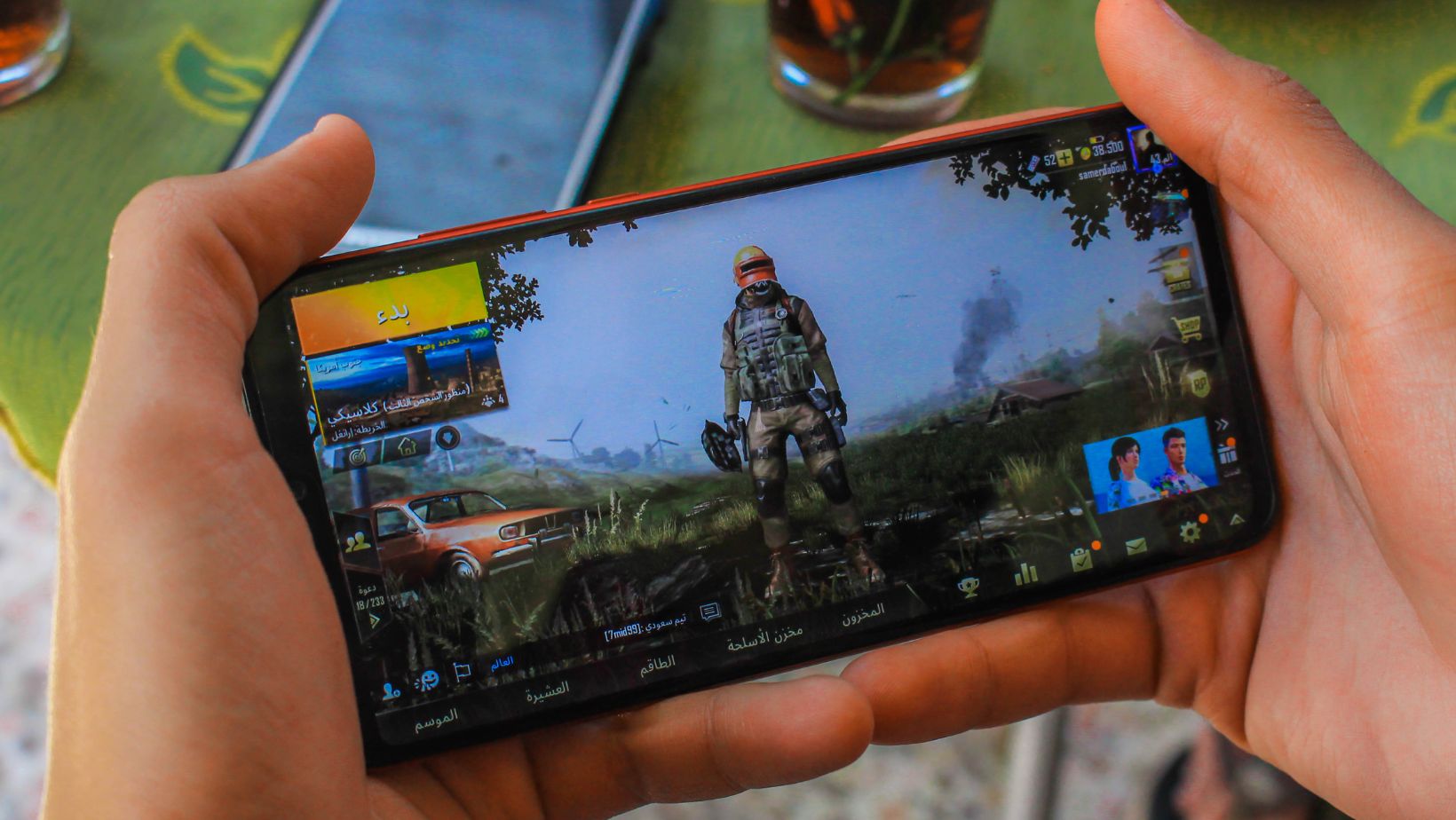I want to show you that we need more subversive humor in games. Also, you don’t have to be ‘serious’ to be serious. It might be easier to discuss a serious topic and have the audience engage with it if you present it humorously. Being funny does not mean you are not serious; you have chosen a different tactic to deliver your message. Humor, a constant in human culture, serves many roles. It can subvert norms and give a voice to minorities and the oppressed. This counters mainstream culture.
As a fan of humor and games, I often feel frustrated. There are few funny games, especially those with subversive humor. Where are the game versions of Monty Python or Mel Brooks? Why do games often feel like they must be serious and angsty to be taken seriously? This is not to say funny games do not exist—some do, and there is even occasional subversive humor in games. Yet, it is not as prevalent as in films or novels.
Like CasinoChan overview, I want to discuss subversive humor in games. Which games use it, knowingly or unknowingly? How can we tell it apart from “regular” humor? How can we make more games with subversive comedy?
What Exactly Is Subversive Humor
In simplest terms, subversive humor criticizes powerful dogmas, concepts, or institutions. Subversive humor often shows frustration and dissent. It seeks to challenge those in power and their beliefs. It is a powerful way to mock established norms. It does this by exaggerating and ridiculing them. It also offers an alternative view of those structures. Subversive humor uses comedy, like irony and satire, to critique social biases. To summarize, subversive humor can be viewed as more than fun, ‘harmless’ entertainment. It offers a new way to express criticism that may not fit other situations. The absurd can give us new insights. We may not find them by other means (Kramer, 2013).
Subversive humor can fulfill several different unique purposes. First, humor is approachable. It can disarm critics by cutting through the noise around sensitive issues. Humor is often used to ridicule the oppressor by creating a dilemma they cannot win. Creating a situation where any choice could lead to public ridicule. This leads to another point: humor melts fear. When you ridicule something, you no longer fear it. It also acts as a healer. It relieves stress by expressing frustration with problems beyond control. Lastly, humor gives you power when you do not have it. It can, even if temporarily, take away the oppressor’s power. So, it is a powerful tool. Any creative, critical process should consider it (Sorensen, 2008).

To understand what makes something funny, it helps to look at common humor traits. Theories of humor often fall into three categories: superiority, relief, and incongruity. Superiority and relief are less relevant here. Incongruity is key to subversive humor.
Incongruity Theory suggests that humor comes from unexpected disruptions. For something to be funny, two very different ideas must combine surprisingly. The more surprising and well-connected the fusion, the funnier it becomes. Subversive humor works best when it links things we see as opposites. It should flip our expectations and challenge our values.
The History of Game Comedy
The gaming industry has not embraced humor as other fields have. While funny games exist, they are not as popular.
It may be due to challenges. These include:
- Designing comedic timing in interactive games.
- The repetitive gameplay makes the jokes stale.
- The industry’s reluctance to take risks due to high production costs.
Also, many games have serious, heroic themes. They don’t blend well with comedy.
In the early 90s, games like Day of the Tentacle, Leisure Suit Larry, and Monkey Island used humor well. They used clever writing, cartoonish art, and puzzles. This created funny, unexpected links. Yet, much of this humor was not subversive. It operated within existing norms rather than challenging them. An exception from that era is Bureaucracy by Douglas Adams. It’s a satire that uses humor to critique society’s flawed bureaucracy.
As gaming evolved, humor became a secondary element in popular titles. These include GTA, Saints Row, and Borderlands. These games are funny, but they don’t use humor to challenge norms. Indie games, like Papers, Please and Portal, use subversive humor better. Portal and Portal 2 are known for their dark, witty humor. They cleverly criticize gaming conventions. They are prime examples of subversive humor in modern games.
Glitchy Subversive Comedy
Some of the funniest moments in games come from the players themselves. Players often turn these flaws into funny situations. Then, larger games are released that are full of bugs and glitches. For example, Skyrim’s “bucket on the head” glitch is famous. It is both funny and gives an in-game advantage. Games like Goat Simulator and Octodad: Deadliest Catch takes this idea further. They turn glitches and absurd mechanics into a source of humor.

These games focus on “failing” as part of the fun. Unlike traditional games, where failure teaches players to improve, these games celebrate failure. In Goat Simulator, the more absurd your failure, the funnier it is. It subverts typical game mechanics. Failure is now a source of joy, not frustration.
These games challenge traditional ideas of gameplay by using humor. They create a space for players to explore new ideas and embrace creativity. It has a more relaxed, comedic take on gaming.
Please Make Seriously Funny Games
When you (the reader) finish reading this, you are excited about using humor as a subversive tool. Or, at least you are interested in playing games with more subversive comedies. Humor is a powerful tool to create subversion without alienating your crowd. The number of games that use subversive humor is not significant. Still, those few games created fun, subversive works. They cleverly twisted game mechanics, politics, and ideas. And they were very funny.
Recent controversies about inclusivity in gaming have raised concerns. There is a lack of visible minority representation. Critics are also examining the cultural impact of games. Subversive humor might, as it has in the past, bridge the gap between critics, designers, and gamers. Subversive humor is a tool for making critical, subversive games. They address serious issues of representation and social criticism. This humor makes the message more relatable to a less receptive audience. Subversive humor can dissent against oppressive trends in the game industry. It can also make players open to new gaming ideas. It is a powerful tool. Game designers should use it. It can help them explore alternative design approaches.

